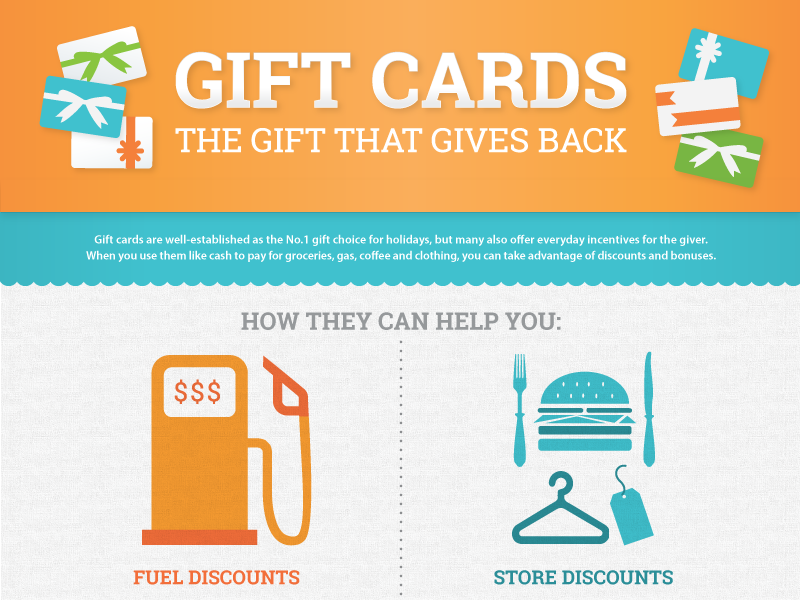Best Selling Glass Shapes For Custom Products
Glass Engraving Vs Etching - What's the Difference?Although they may seem similar, etching and engraving vary in their approaches and outcomes. Understanding these processes is essential for any type of firm looking to customize glass products.
Laser etching uses focused heat to thaw the mini surface area of your product, producing recessed markings that withstand damage and can be checked out under extreme conditions. It's perfect for points that require to be deducible, like commercial components.
Appearances
Etching and engraving both develop sturdy, tactile styles that stand apart on the glass surface. They are perfect for jobs that need a fine-tuned, stylish appearance.
Laser etching can be used to etch glass, but it requires a safety layer or guard to avoid warm damage to the glass. A specialized spray or coating is readily available for this objective and can be related to slim glass to decrease cracking or damages throughout the etching process.
It's additionally possible to etch glass by hand using a rotary tool. This strategy is lengthy and labor-intensive, but it can produce high-quality outcomes when done properly. Make certain to use security equipment like safety glasses and a respirator mask to secure yourself from dust and debris. You can begin by drawing your layout on the glass with a pen, then put the rotary tool and slowly follow your style to engrave it right into the glass. After the engraving is total, delicately wash away any kind of remaining dirt or deposit.
Flexibility
The inscribing process supplies a vast array of applications for glass products. It is very versatile and can be used on different materials and thicknesses of glass. It is also extremely precise and produces in-depth, high-contrast layouts on the glass surface. It can be used on both flat and rounded surface areas.
Glass engraving is a popular option for glass items like bottle, building partitions, and medspa style. It creates a soft and refined layout that is not as recognizable as etching, making it an excellent option for ambient aesthetic appeals.
To decrease warm anxiety on slim glass, use a safety product like covering up tape or a damp paper towel to the surface area prior to laser engraving. This absorbs and disperses laser power to lower local home heating and prevent cracking. Alternatively, coating the glass with a mild detergent or dishwashing soap can additionally be a reliable pre-coating. Simply remember to cover just the laser-contacting face of the glass with these moisture-absorbing pre-treatments.
Durability
Laser glass engraving creates deep, permanent markings that are durable and aesthetically striking. It's excellent for artistic or light business functions that need a polished look. Inscription calls for specific and regulated handling of the glass to avoid heat damage and fracturing. Slim or delicate glass can be more at risk to the high-contrast results of laser inscription, making it crucial to keep an eye on the process closely for indicators of getting too hot and splitting.
Etching utilizes a diamond-tipped tool to cut into the surface of the glass, creating a textured mark that's much less visually striking than laser etching. It's a typical option for applications where a frosted effect is preferred, such as decorative glass home windows and personalized gifts. Like laser engraving, etching is highly exact and suitable for logos and other in-depth imagery. Evergreen Glass makes use of advanced laser devices calibrated for optimal efficiency to achieve etching and engraving with remarkable accuracy. For added peace of mind, our equipments include built-in safety and security attributes that make certain risk-free operation.
Cost
Glass etching involves making use of chemical options to develop a design. While this strategy is not as exact and effective as laser etching, it is still an outstanding selection for artisanal glasswork, which can be a wonderful method to elevate an unique celebration present or commemorative piece.
For the very best outcomes, it is very important to test an example piece of glass prior to using any type of etching creams. Various types of glass might respond in a different way to the chemicals. Some will certainly engrave extremely rapidly while others could take much longer. In many cases, a piece of glass might also fail to engrave at all!
Laser etching entails making use of a computer-guided system, frequently described as a CNC (Computer System Numerical Control) sports-themed engraved glass machine, to guide a concentrated laser beam of light at the surface area of the glass. This procedure requires a high-level of technological ability and creative thinking. It is an efficient means to etch detailed patterns on large-scale jobs with high degrees of accuracy.
